If Resolution 68 promotes entrepreneurship in the private sector, Resolution 57 opens the “technological key” to cooperatives and farmers, the subjects that directly create added value in agriculture and the rural economy . From here, knowledge and innovation are placed on par with land and labor in production.
In the new context, cooperatives are not only production units but also become creative entities, proactively applying science and technology in the entire process: Production, processing, traceability, e-commerce and digital management. This is the concretization of the spirit of "digital transformation for the whole population, innovation for the whole society" emphasized by Resolution 57.
One of the typical examples is Tam Dao Mushroom Cooperative ( Phu Tho ), with Mr. Nguyen Quoc Huy as Director. From a small facility specializing in producing edible mushrooms and medicinal mushrooms, the Cooperative has researched and successfully cultivated the Cordyceps militaris strain, a product of high value in medicine and consumption.
Not stopping there, Mr. Huy and his colleagues continued to research the Tam Dao cordyceps nano product, and at the same time proposed a provincial-level scientific task to perfect the production technology and evaluate biological activity. This story shows that farmers can absolutely become the subject of invention when given the opportunity.
However, the journey to put the initiative into practice still faces many obstacles. According to regulations, when a cooperative proposes a scientific topic, the name of the initiative must be made public to select the implementing unit. This puts the proposer at risk of "losing" the idea - the product of his own intelligence and labor.
“If it is an initiative from production practice, it must be associated with the creator. Making the idea public and then handing it over to another unit to implement it can easily discourage farmers,” Huy shared at a seminar on high-tech agriculture.
From practical shortcomings, Resolution 57 is expected to pave the way, remove institutional barriers, and create flexible mechanisms for farmers and cooperatives to directly implement, own and commercialize innovations. When creative rights are protected, farmers will truly become "innovation subjects".
Representatives of Tam Dao Mushroom Cooperative hope that the resolution will soon create a more favorable legal corridor for farmers to be recognized as innovators and have their legitimate rights protected.
In Ca Mau, the spirit of innovation is also spreading strongly. Ba Dinh Agricultural Cooperative has proactively applied FaceFarm software to monitor production, WACA to manage finances, deploy electronic invoices, digital signatures, and digital payments; and at the same time, used drones in sowing and spraying, helping to reduce costs by up to 12% per crop.
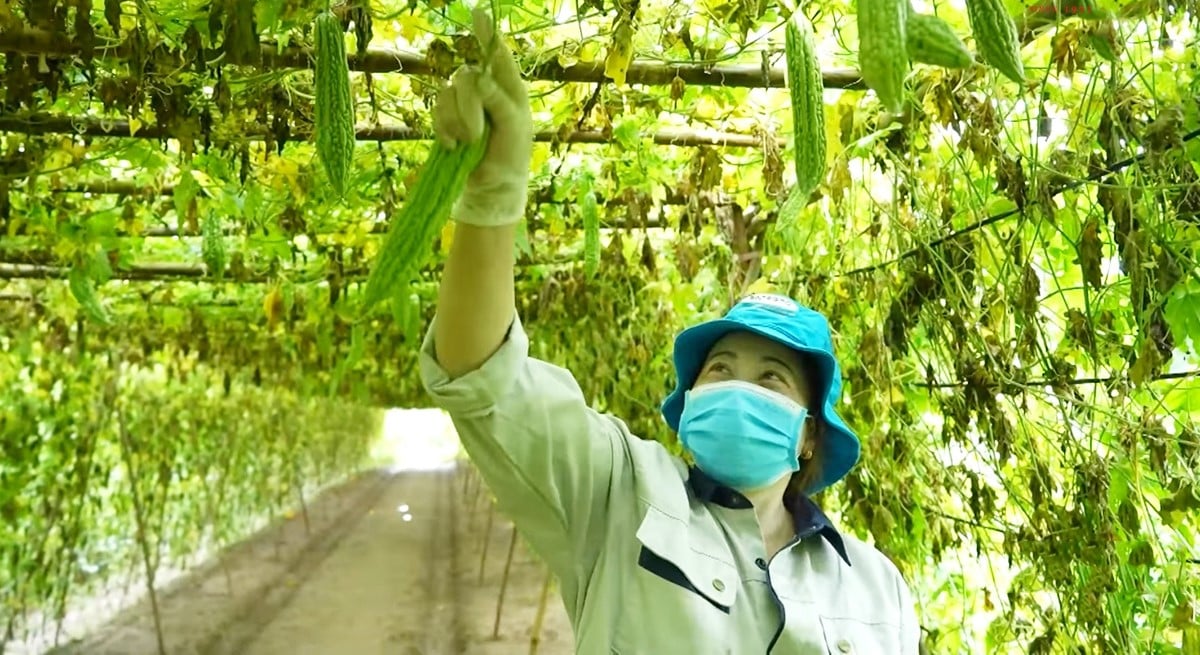
Cooperatives expect there will be more supportive policies in digital transformation.
Not only smart production, Ba Dinh Cooperative also promotes e-commerce through TikTok, Facebook, Zalo and online platforms. Thanks to that, consumption output increased by 20-30% after only one year.
“Digital transformation is no longer an option, but an inevitable path,” emphasized Mr. Nong Van Thach, Chairman of the Board of Directors of Ba Dinh Cooperative.
Although Resolution 57 has brought new vitality to the collective economic sector, the process of realizing it in practice still faces many challenges. The most prominent is the limitation of capital and high-quality human resources, making it difficult for small-scale cooperatives to access science and technology support programs.
In addition, administrative procedures in the field of science and technology are still complicated, and regulations on bidding and selection of project implementation units are not suitable, leading to many initiatives being "suspended" right from the beginning.
The incomplete intellectual property protection mechanism also makes farmers and cooperatives hesitant to register research topics. In particular, digital transformation in cooperatives has only stopped at online sales, while core steps such as digital management, data analysis or smart production are still difficult to implement due to lack of technical infrastructure and digital resources.
Resolution 57 is not only an orientation but also a commitment to action to “unleash creativity” in the collective economic sector. Three major directions are identified:
Firstly, a specific mechanism for grassroots initiatives: Allowing farmers and cooperatives to directly carry out research topics; receive financial support; have results recognized and intellectual property rights protected.
Second, Prioritize investment in digital infrastructure for rural areas and cooperatives : Network infrastructure, traceability platforms, management software and electronic trading floors need to be widely deployed. The model of "Online product market for ethnic minorities and mountainous areas" of the Vietnam Cooperative Alliance is an example that needs to be replicated.
Third, Training digital human resources for cooperatives : People are the center of digital transformation. Therefore, thousands of training courses on technology management, e-commerce, and digital communication must be deployed synchronously from the central to local levels.
Cooperatives expect that Resolution 57 will not stop at orientation but will be concretized through infrastructure support policies, pilot projects, training programs and practical application models.
The Vietnam Cooperative Alliance is expected to continue to play the role of a "bridge", bringing technology and innovation into production life, helping cooperatives not only "know", but also "do", "do well" and "develop sustainably through technology".
Source: https://mst.gov.vn/nghi-quyet-57-chia-khoa-cong-nghe-cho-hop-tac-xa-va-nong-dan-197251118111256413.htm





![[Photo] The Standing Committee of the Organizing Subcommittee serving the 14th National Party Congress meets on information and propaganda work for the Congress.](https://vphoto.vietnam.vn/thumb/1200x675/vietnam/resource/IMAGE/2025/11/19/1763531906775_tieu-ban-phuc-vu-dh-19-11-9302-614-jpg.webp)
























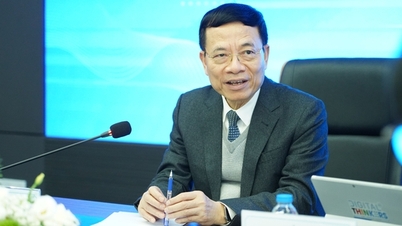
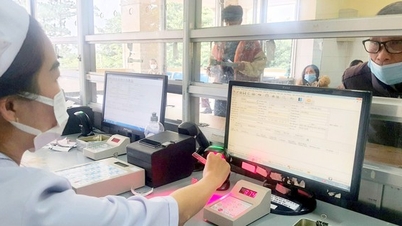
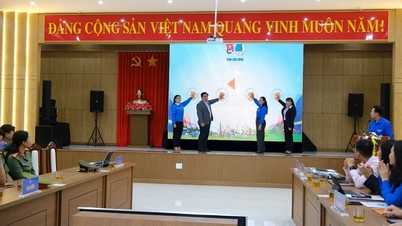
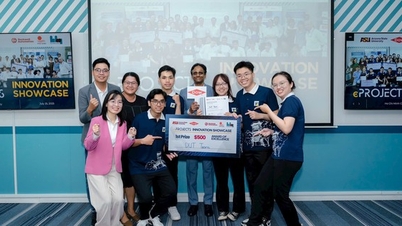

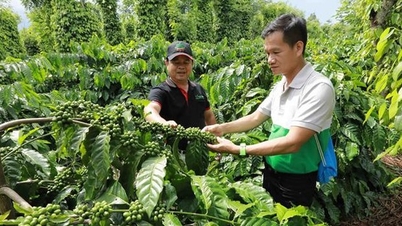












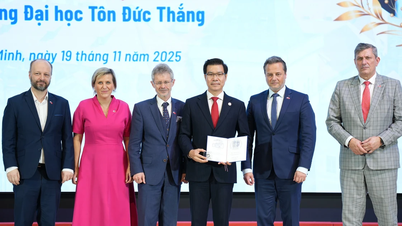



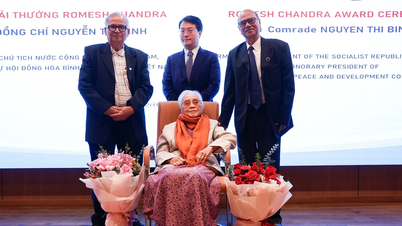




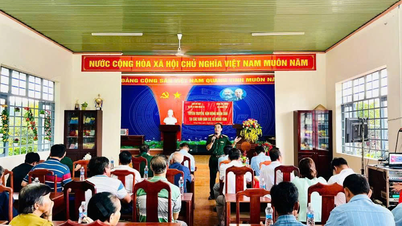






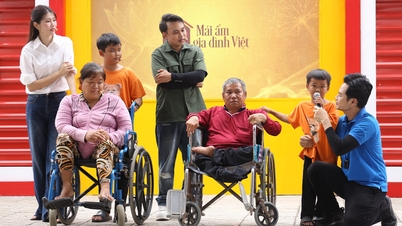












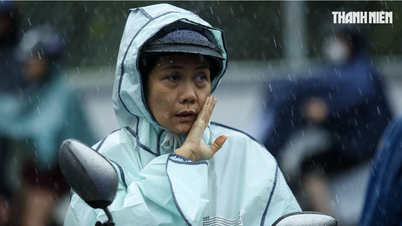




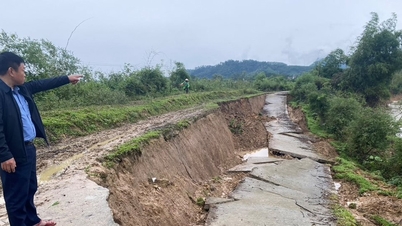






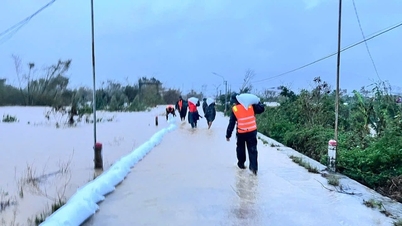
















Comment (0)